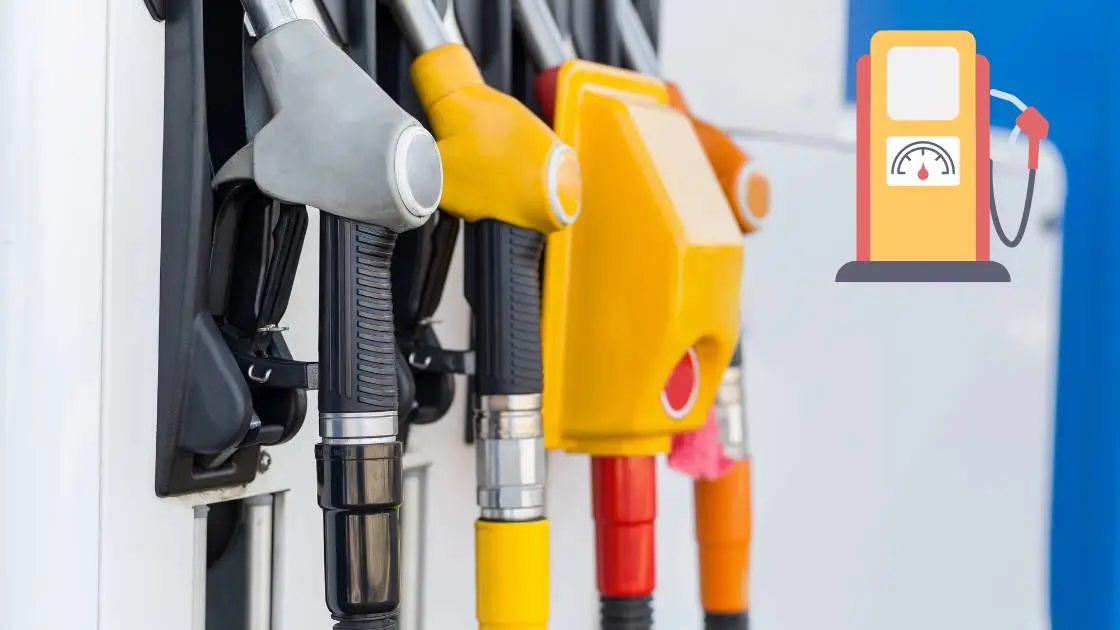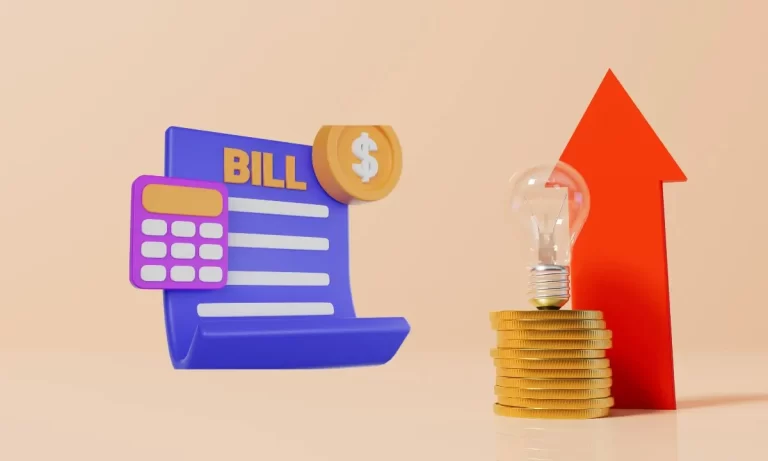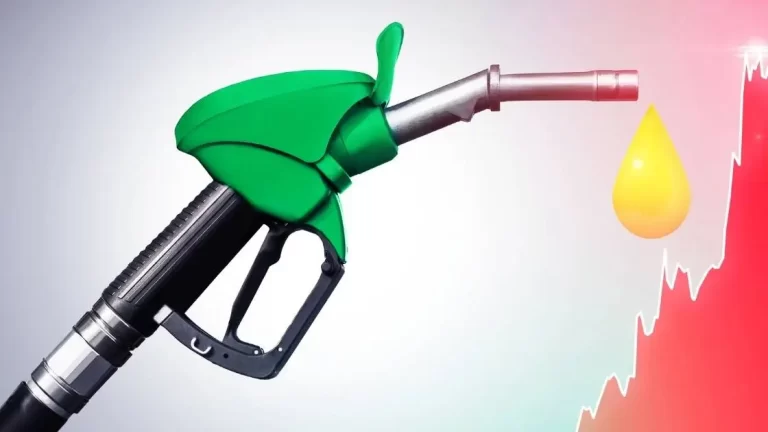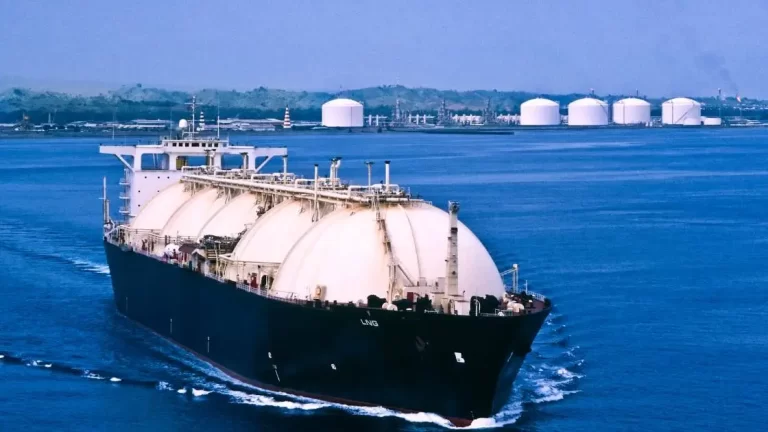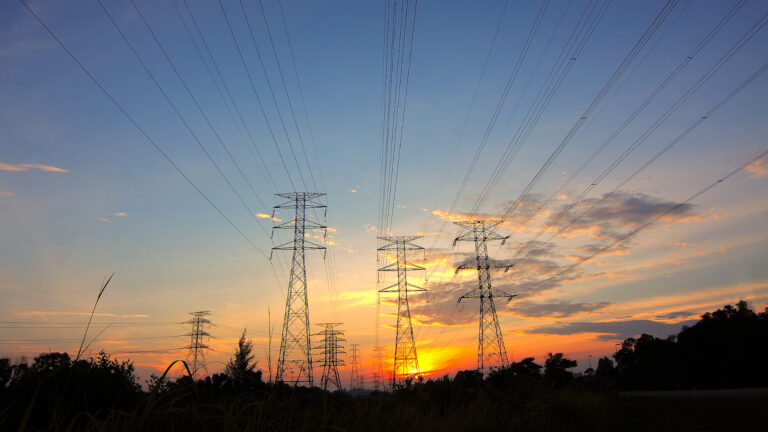Petrol Price Raised by Rs 10 per liter: What Does It Mean for Consumers?
The recent hike in petrol price in April has caused an uproar among consumers. The government increased the price of petrol by Rs 10 per liter, which is being considered an ‘Eid gift’ by the government, just before the festive season.
The government says that petrol price was up due to hike in global oil prices.
In this article, we will explore the implications of this decision and its impact on various sectors of the economy.Two Ministers, Two Stances: Controversy emerged over Russian Oil Import
New Petrol Price and Effective Date
According to the latest announcement, the price of petrol has been increased from Rs 272 to Rs 282 per liter, effective from April 16th for the second half of the ongoing month.
Impact on Transport and Agriculture Sectors
High-speed diesel (HSD) is widely used in the agriculture and transport sectors. The government was expected to increase the price of HSD by 30 paisa per liter, but it has maintained its existing price of Rs 293 per liter.
This decision will have a positive impact on the farmers who were going to grow cotton and other crops for the new season.
Kerosene Oil Price Hike
The government has also increased the price of kerosene oil by Rs 5.78 per liter. Kerosene oil is used in remote areas of the country where LPG is not available, such as the northern part of the country for cooking purposes.
The Pakistan army is also its key user in the northern areas. After the recent hike, its price has gone up from Rs 180.29 per liter to Rs 186.07 per liter, registering an increase of Rs 5.78 per liter.
LDO
Light diesel oil (LDO) is used in the industry. The government has maintained its price at Rs 174.68 per liter.
However, the local industry has expressed serious concerns over the reduction in diesel sales and the increase in smuggling activities.
Consumption and Smuggling
During the first half of April, the average daily consumption of petrol and high-speed diesel was 20,000 MT per day and 15,500 MT per day, respectively.
The oil industry reported a significant drop in the consumption of high-speed diesel, despite the harvesting season, due to the flooding of Iranian oil to Pakistan.
It is estimated that around Rs 8,000 to 10,000 tonne (HSD) is being smuggled into Pakistan on a daily basis. The demand for Iranian petrol is less due to the slightly lower quality of petrol produced in Iran and the overall reduction in petrol demand.
Conclusion
In conclusion, the recent petrol price hike in Pakistan has caused public anger and debate.
The government justifies this increase as necessary due to fluctuations in the international market.
However, the general public is bearing the brunt of these decisions. This hike will have a significant impact on various sectors of the economy, such as the transport, agriculture, and industry sectors.


